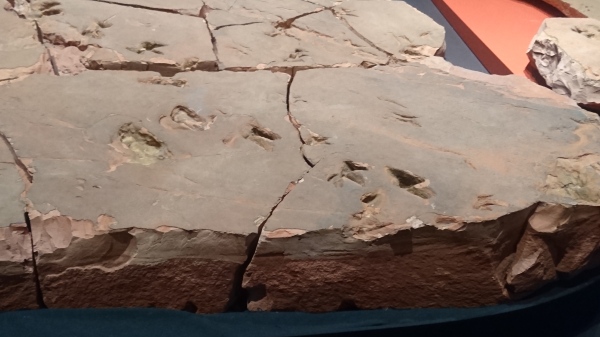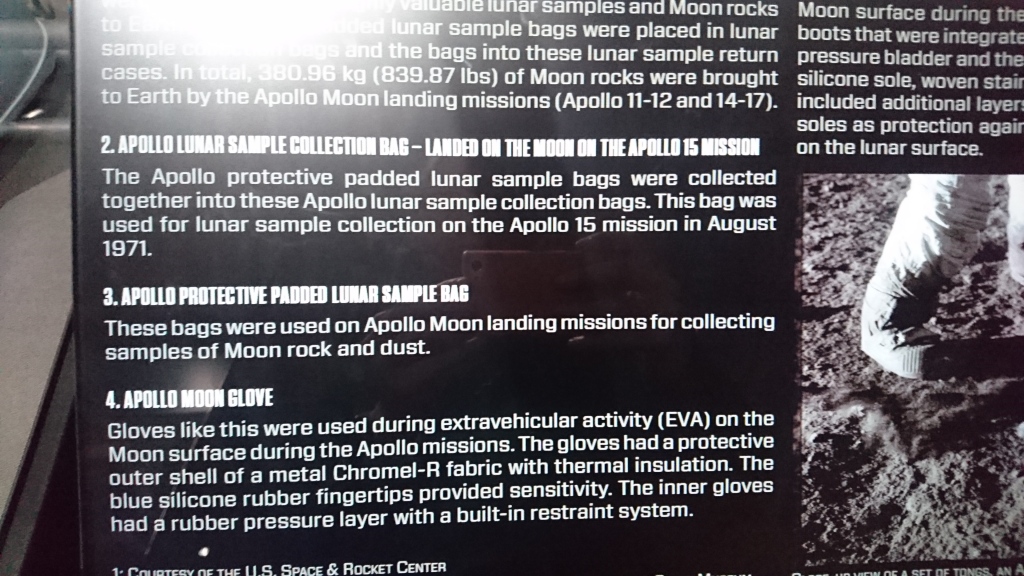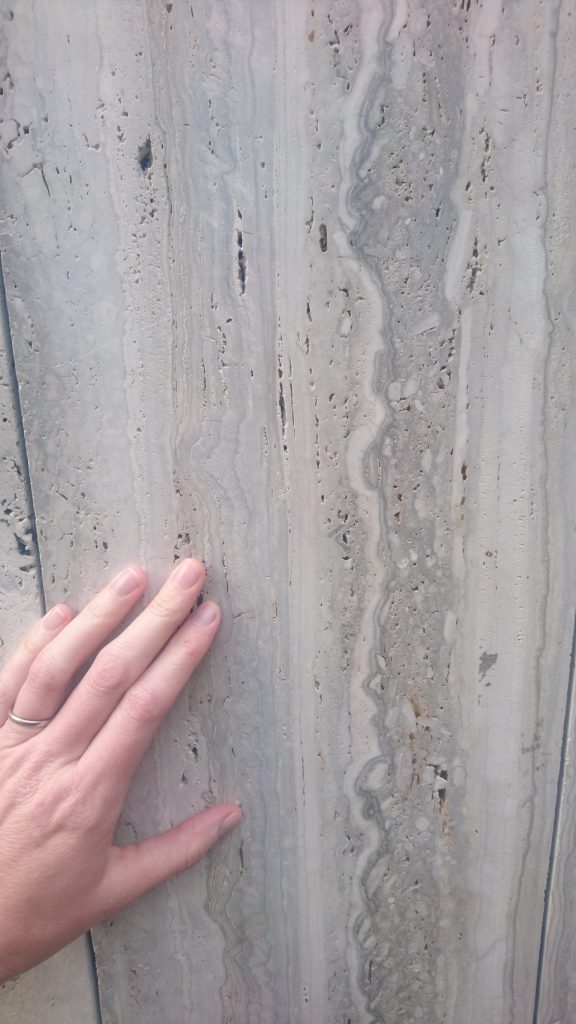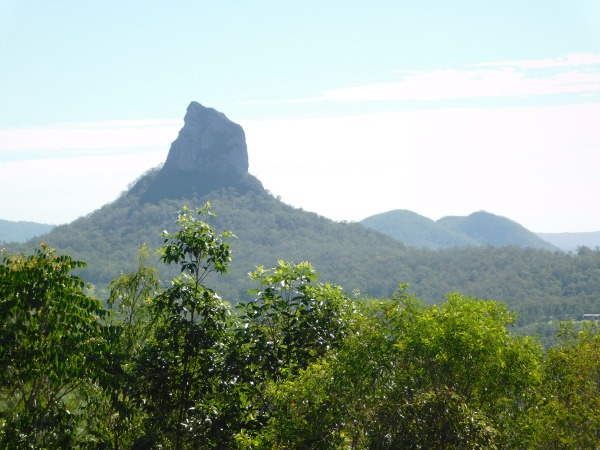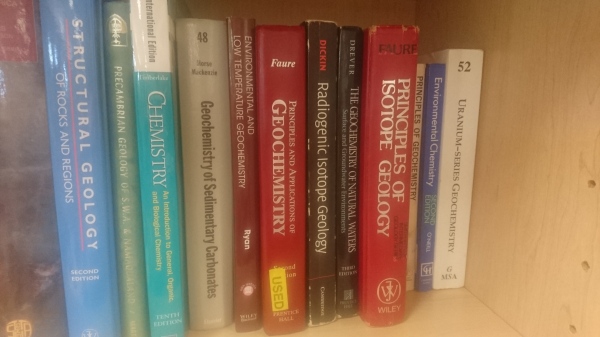
I’m currently conducting some geological fieldwork, and of course I’ve brought some Rite in the Rain geological field books with me. The Rite in the Rain field books are fantastic – you can write on their weatherproof paper in pretty much all weather conditions. I’ve used them in both rainy and snowy conditions. There are a number of different styles of field books available. Personally, I prefer No. 540F or the “Geological Field Book”. This excellent field book comes with a scalebar stored in a little plastic pouch inside the back cover. The book also includes a number of useful reference pages in the back, such as a geological timescale, structural geology notation cheat sheets, and diagrams to help you estimate mineral and particle percentages. Hands down, this is my favorite field book. Does anyone else use these books? What field books do you prefer?






